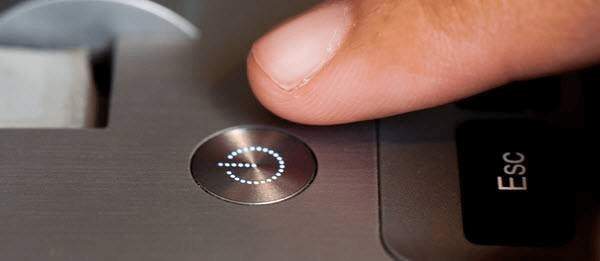Is your PC refusing to cooperate, leaving you frustrated and clueless? Don't panic! There are several common reasons why your computer may not be functioning properly, and most issues can be resolved with a bit of troubleshooting. Below, we'll explore some potential causes for your PC woes and provide practical solutions to get your system up and running again.
1. **Power Supply Issues**:
- **Symptoms**: Your computer doesn't turn on at all, or it powers on briefly then shuts down.
- **Possible Causes**: A faulty power supply unit (PSU), loose connections, or power surges.
- **Solution**: Check all power connections to ensure they're secure. If the issue persists, consider testing with a different power supply unit.
2. **Hardware Failure**:
- **Symptoms**: Random crashes, blue screen errors (BSOD), or strange noises coming from your computer.
- **Possible Causes**: Malfunctioning RAM, overheating CPU, or failing hard drive.
- **Solution**: Run hardware diagnostics tools to identify faulty components. Replace any damaged hardware as necessary.
3. **Software Glitches**:
- **Symptoms**: Slow performance, freezing, or unresponsive software.
- **Possible Causes**: Corrupted system files, incompatible software, or malware infections.
- **Solution**: Perform a system scan for viruses and malware. Try booting into Safe Mode and uninstall any recently installed software or updates. Consider restoring your system to a previous restore point.
4. **Overheating**:
- **Symptoms**: Your computer shuts down unexpectedly, or you notice excessive heat emanating from the system.
- **Possible Causes**: Dust buildup in the CPU fan or inadequate cooling.
- **Solution**: Clean the internal components of your PC, especially the CPU fan and heat sink. Ensure proper airflow by positioning your computer in a well-ventilated area.
5. **Driver Issues**:
- **Symptoms**: Devices such as printers or graphics cards not functioning correctly, or frequent error messages related to drivers.
- **Possible Causes**: Outdated or corrupted device drivers.
- **Solution**: Update your drivers to the latest versions. You can do this manually through Device Manager or use third-party driver update software for convenience.
6. **Faulty Peripherals**:
- **Symptoms**: Issues with external devices like monitors, keyboards, or mice.
- **Possible Causes**: Loose connections, damaged cables, or defective peripherals.
- **Solution**: Check all connections and cables for damage. Test the peripherals on another computer to determine if they're the source of the problem.
7. **Operating System Corruption**:
- **Symptoms**: Inability to boot into the operating system, frequent crashes, or error messages during startup.
- **Possible Causes**: Corrupted system files, failed updates, or disk errors.
- **Solution**: Attempt to repair your operating system using built-in recovery options like System Restore or startup repair. If necessary, reinstall the operating system from scratch.
Remember, troubleshooting computer issues can sometimes be a trial-and-error process. If you're unsure about performing any steps mentioned above, seek assistance from a knowledgeable friend or a professional technician. With patience and persistence, you can likely identify and resolve the issue plaguing your PC, getting it back to its optimal performance.

